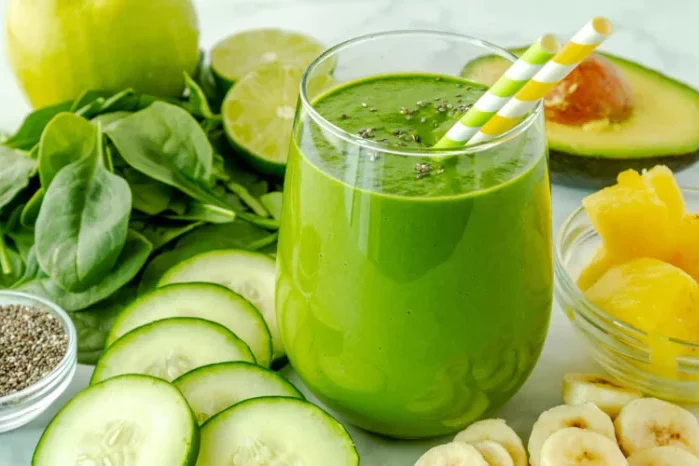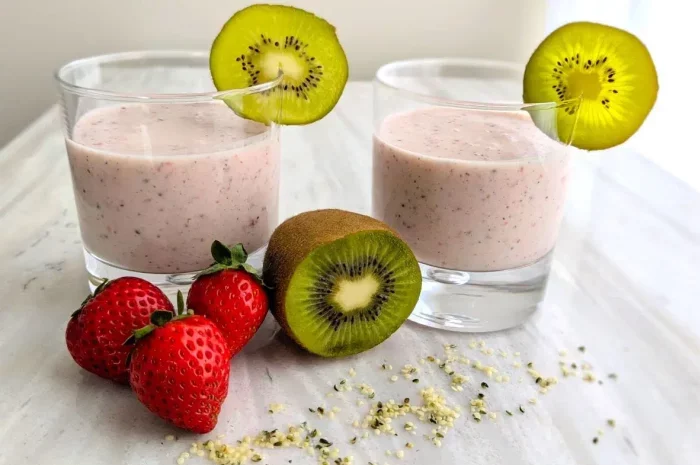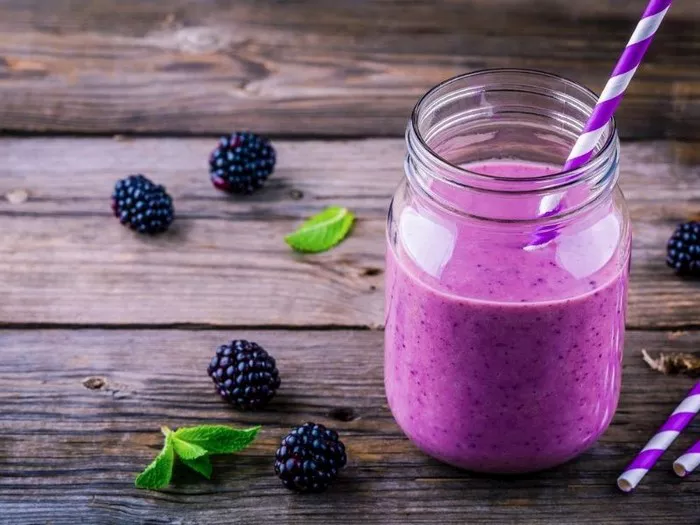In the ever-evolving world of nutrition, the search for the healthiest diet for the human body has been a topic of intense debate and research. With countless dietary trends, fads, and regimens emerging regularly, it can be challenging to determine which one truly offers the most comprehensive benefits for our overall well-being. From promoting longevity and preventing chronic diseases to enhancing energy levels and maintaining a healthy weight, the ideal diet should tick all these boxes. In this extensive essay, we’ll explore a variety of dietary patterns, analyze their components, examine the scientific evidence behind them, and consider how they interact with our body’s unique physiology to uncover what might be considered the healthiest diet for the human body.
Macronutrient Balance
Carbohydrates: Carbohydrates are the body’s primary source of energy. They can be divided into simple carbohydrates, like those found in sugars and refined grains, and complex carbohydrates present in whole grains, fruits, and vegetables. Complex carbohydrates are preferred in a healthy diet as they are digested more slowly, providing a steady release of energy and often containing fiber, vitamins, and minerals. For example, whole wheat bread takes longer to break down compared to white bread, preventing rapid spikes in blood sugar levels. The recommended intake of carbohydrates varies depending on factors such as age, activity level, and overall health goals, but generally, they should make up around 45% to 65% of total daily calories.
Proteins: Proteins are essential for building and repairing tissues, including muscles, bones, and skin. They also play a crucial role in the production of enzymes, hormones, and antibodies. Good sources of protein include both animal-based options like lean meats, fish, eggs, and dairy products, as well as plant-based alternatives such as beans, lentils, nuts, and tofu. Each gram of protein provides 4 calories. Adequate protein intake is vital, and for most adults, it should account for about 10% to 35% of total daily calories, depending on individual factors like physical activity and muscle mass goals.
Fats: Fats are often misunderstood, but they are an important part of a healthy diet. They provide energy, help absorb certain vitamins (such as vitamins A, D, E, and K), and are involved in maintaining cell structure. There are different types of fats: saturated fats, found in animal products like fatty cuts of meat and full-fat dairy; unsaturated fats, which include monounsaturated fats (in olive oil, avocados) and polyunsaturated fats (like omega-3 and omega-6 fatty acids in fish, nuts, and seeds); and trans fats, which are artificially created and considered harmful. Unsaturated fats are the healthier options and should be emphasized in a balanced diet, while saturated and trans fats should be consumed in moderation. Fats typically make up around 20% to 35% of total daily calories.
Micronutrient Adequacy
Vitamins: Vitamins are organic compounds that our body needs in small amounts to function properly. There are two main types: water-soluble vitamins (such as the B-complex vitamins and vitamin C) and fat-soluble vitamins (including vitamins A, D, E, and K). Each vitamin has specific roles, from supporting the immune system (vitamin C) to maintaining healthy vision (vitamin A). A diet rich in a variety of fruits, vegetables, whole grains, and dairy products helps ensure an adequate intake of these essential vitamins. For example, oranges are a great source of vitamin C, while carrots are high in beta-carotene, which the body can convert into vitamin A.
Minerals: Minerals are inorganic substances that are equally crucial for our health. Calcium is essential for strong bones and teeth, iron is needed for oxygen transport in the blood, and potassium helps regulate fluid balance and heart function, among many other functions. Different foods provide different minerals: dairy products are rich in calcium, red meat and beans are good sources of iron, and bananas are packed with potassium. Consuming a diverse range of foods is the key to getting all the necessary minerals in the right amounts.
Mediterranean Diet
Components: The Mediterranean diet is inspired by the traditional eating patterns of countries bordering the Mediterranean Sea, such as Greece, Italy, and Spain. It emphasizes whole foods like fruits, vegetables, whole grains, legumes, nuts, and seeds. Olive oil is the primary source of fat, used for cooking and as a dressing. Fish and seafood are consumed regularly, while red meat is eaten in moderation. Dairy products, usually in the form of low-fat or fat-free options like yogurt and cheese, are also included. Moderate consumption of wine, typically red wine, is a characteristic feature for some adherents, although this is optional.
Health Benefits: Numerous studies have shown that the Mediterranean diet is associated with a lower risk of heart disease. The abundance of fruits and vegetables provides antioxidants that protect blood vessels from oxidative damage. The healthy fats from olive oil and fish help improve blood lipid profiles by increasing “good” cholesterol (HDL) and reducing “bad” cholesterol (LDL). The fiber in whole grains and legumes aids in digestion and also helps with weight management. Additionally, the diet’s focus on fresh, minimally processed foods can reduce inflammation in the body, which is linked to various chronic diseases like diabetes and certain cancers.
Examples of Meals: A typical Mediterranean breakfast might include a bowl of yogurt with berries, nuts, and a drizzle of honey. Lunch could be a salad with lots of colorful vegetables, grilled fish, a sprinkle of feta cheese, and a dressing made with olive oil and lemon juice. Dinner might consist of whole wheat pasta with a tomato-based sauce, lots of spinach and tomatoes, and a side of grilled chicken or a vegetarian option with beans and vegetables.
DASH Diet (Dietary Approaches to Stop Hypertension)
Components: The DASH diet was developed specifically to help lower blood pressure. It encourages a high intake of fruits, vegetables, whole grains, and low-fat dairy products. Lean proteins such as skinless chicken, fish, beans, and lentils are recommended. It limits saturated fats, cholesterol, and sodium. The emphasis is on consuming foods rich in potassium, calcium, magnesium, and fiber, which work together to regulate blood pressure and support overall cardiovascular health.
Health Benefits: As its name suggests, the DASH diet has been proven effective in reducing both systolic and diastolic blood pressure. By increasing potassium intake and reducing sodium, it helps restore the body’s electrolyte balance and relaxes blood vessels. The diet also promotes weight loss due to its focus on nutrient-dense, lower-calorie foods. Over time, adhering to the DASH diet can lower the risk of developing heart disease, stroke, and kidney problems related to hypertension.
Examples of Meals: For breakfast, you could have a bowl of oatmeal with sliced bananas, a sprinkle of cinnamon, and a cup of skim milk. Lunch might be a sandwich on whole wheat bread with lean turkey, lots of lettuce, tomatoes, and a side of carrot sticks. Dinner could be a baked salmon filet with a side of brown rice and a medley of steamed vegetables like broccoli, asparagus, and bell peppers.
Conclusion
In conclusion, the healthiest diet for the human body is one that is balanced, nutritious, and tailored to individual needs. Diets that emphasize whole, minimally processed foods, such as fruits, vegetables, whole grains, lean proteins, and healthy fats, provide the essential nutrients necessary for overall health and well-being.
Related Topics:























